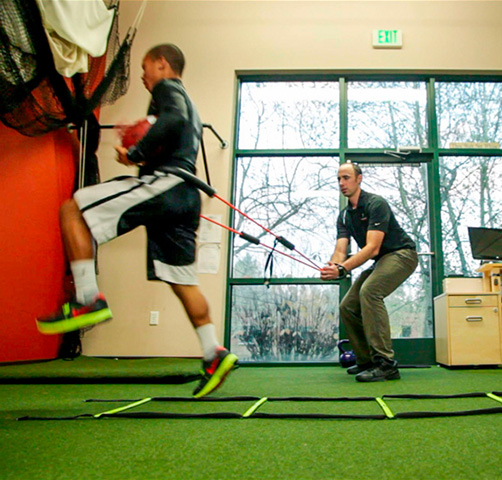Thank you for your question!
Without doing an examination, we are not able to comment on your specific condition, however, we can offer you some general advice that is often helpful in similar situations to yours.
Compound movements are an excellent way to stay fit. That said, it is important to maintain good form when practicing these movements to reduce injury risk. It is also typically unadvisable to train through the discomfort you are describing within your question.
The natural curves of the spine work as shock absorbers and evenly distribute mechanical stress during movement. With the presence of scoliosis, this system can be disrupted, potentially distributing uneven stress or load across the spine, and creating muscle imbalances or lengthening on the convex side of the curve and tightening/shortening on the concave side.
While many factors, such as form degradation, muscle imbalances, and/or scoliosis, could be contributing to the symptoms you have described, without performing a formal evaluation, it is hard to say for certain.
Most people who experience low back pain with compound movements typically benefit from a core strengthening program and/or muscle imbalance correction.
However, it is advisable to seek an evaluation from a physical therapist who can observe your lifting mechanics, assess for any muscle imbalances, and develop a program to help you achieve your goals.
Experts in Sports Injury Recovery
We are committed to providing effective, efficient, and compassionate care to help you return to pain-free sport. Our passion is to help every patient reach their goals on their journey to recovery and optimal performance.




